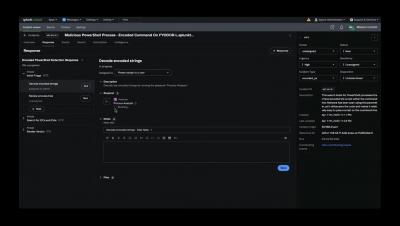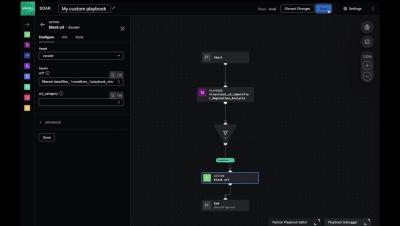Coffee Talk with SURGe: 2023-MAY-02 SolarWinds, US Marshals Service, OT Threat Sharing, Bluesky, RSA
Grab a cup of coffee and join Ryan Kovar, Mick Baccio, and Audra Streetman for another episode of Coffee Talk with SURGe. The team from Splunk will discuss the latest security news, including: Ryan and Mick competed in a charity challenge to discuss the impact of splintering social media platforms for keeping track of security news and opinions. The trio also recapped the highlights from RSA Conference.

































